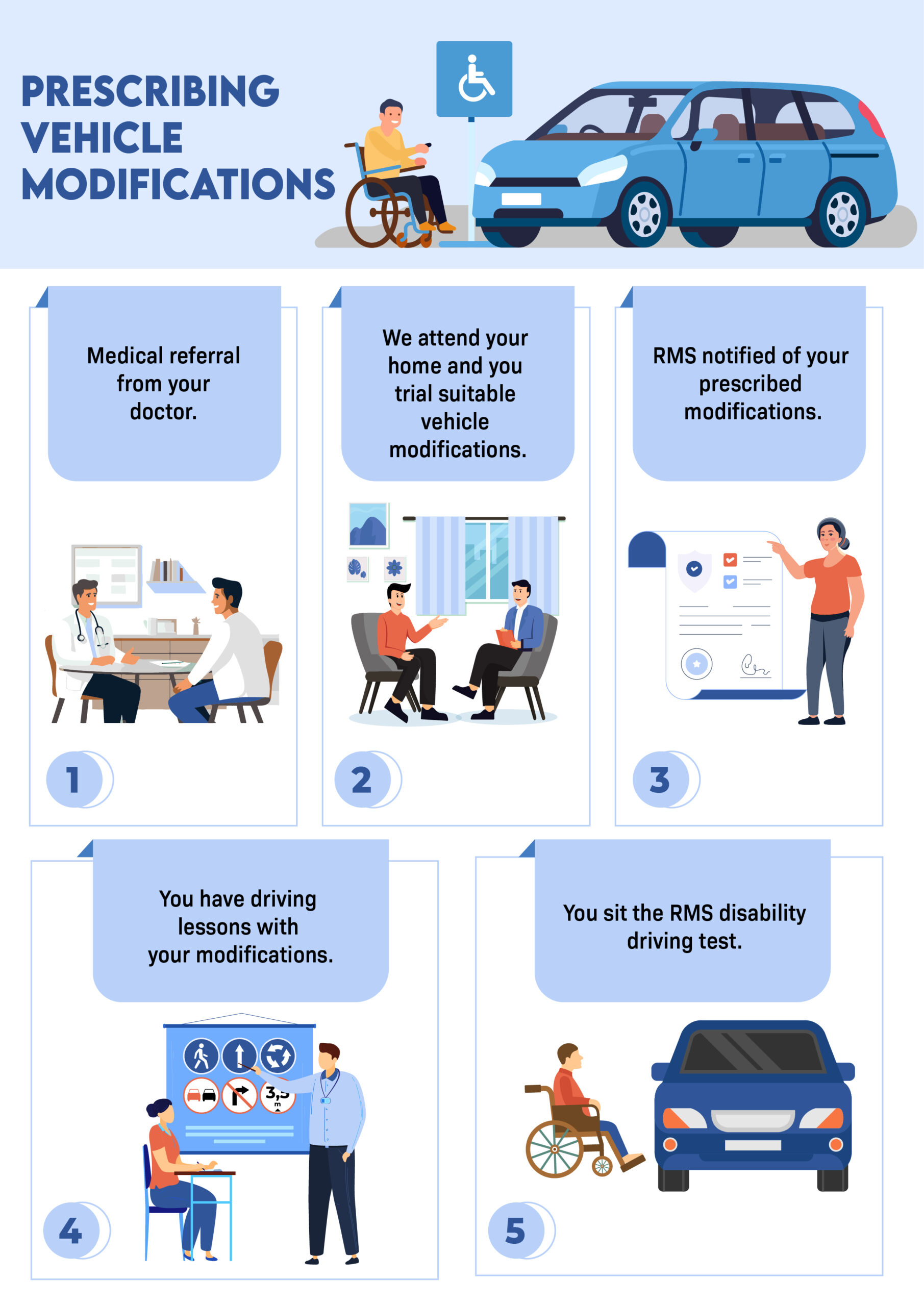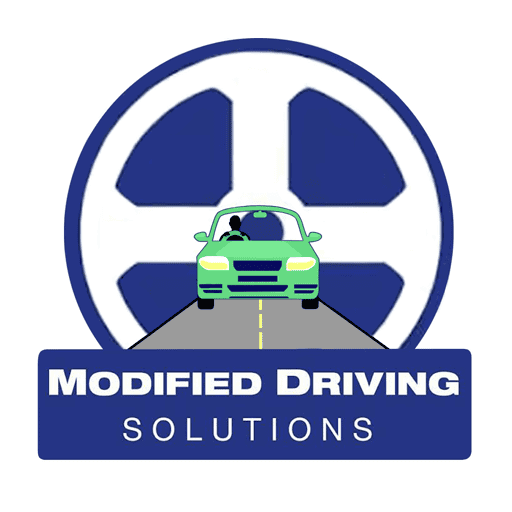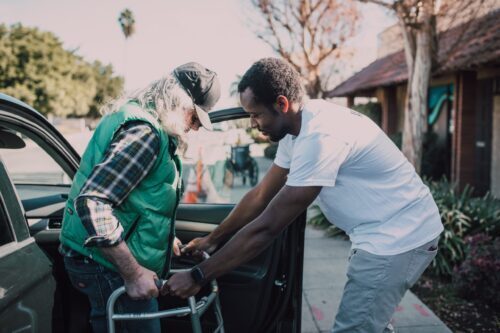Do you need a driving assessment?
Many people are not aware that in NSW, any disability, serious injury or medical condition that potentially reduces your driving capacity is meant to be declared to the RMS. This is because you may require medical tests or assessments to start, continue to, or return to driving. This process applies to aspiring learner drivers, as well as experienced drivers experiencing new medical issues.
If you have been newly diagnosed with a medical condition, or even if you’re only just becoming concerned about a medical issue, the first step is to get a medical assessment from your doctor. Your doctor will usually let the RMS know of your condition or medical concern by filling out the RMS medical fitness to drive assessment form. Sometimes, a family member or friend may be worried about your ability to continue driving, and they may encourage you to see your doctor or inform the RMS of their concern.
Once your doctor has made their assessment of your condition, they will determine if it is affecting your driving, or if you are safe to drive. Your doctor may recommend that you have an Occupational Therapy (OT) driving assessment. This is the most complete way appraise how a medical condition or disability may be affecting your ability to drive, or learn to drive.

What happens in an OT driving assessment?
If your doctor refers you for the OT driving assessment, you will need to find a qualified Driver Trained OT. The OT generally goes to your home and the assessment lasts for 2 hours. There are two parts of the assessment:
- The OT conducts a physical, cognitive and visual assessment with you
- You drive for one hour with the OT and a driving instructor in a dual control car
The focus of the assessment is to ensure that you are driving safely, according to legal standards. The OT will concentrate on gauging how your disability or medical issue may be impacting on your driving. This will depend on whether you are making errors, as well as the frequency and nature of those errors. For example, minor errors that aren’t about to cause an accident will not likely lead to a negative result of the assessment. However, if you commit an error that puts you at risk of a collision (forcing the driving instructor to physically intervene), it will likely prompt a ‘fail’ of the assessment.

What happens after the assessment?
After the assessment, you will be informed of the outcome, and what you will need to do next. There are three possible results following the assessment:
- You have passed the assessment – Your condition or disability is not affecting your driving capacity and you can return to driving.
- You have failed the assessment – You made crucial errors in the assessment and require specialised driving lessons to help improve your driving. You will have to do a driving reassessment. If you require vehicle modifications, the OT will prescribe these during the assessment, and you will undergo lessons to learn how to drive with the modifications in all traffic forms
- You have failed the assessment – Your condition is severely affecting your driving and it is assessed that further lessons or modifications will be of no benefit. Your licence will be cancelled.
It is important to distinguish that in general, recommendations to cancel a person’s licence are usually made in cases where the person has a serious cognitive condition. Examples of such conditions include severe autism, intellectual disability, brain injury, cognitive impairment or dementia disorders. If you have a physical disability, there are generally vehicle modifications that can mitigate your physical deficits and ensure you can drive safely.
The OT develops the report and sends it to you, the RMS, and your referring doctor. It can also be sent to other parties at your request, such as another doctor, employer, insurance company or NDIS.
RMS disability driving test
If you have a physical condition or disability that affects your driving, you may require vehicle modifications. Examples of physical conditions include weakness in limbs (e.g. following a stroke), cerebral palsy, limb amputations or congenital deformities. The OT will prescribe suitable modifications for you, which you will trial during the on-road driving assessment. Prosthetic limbs are also considered vehicle modifications by the RMS.
If you are a learner driver, the modifications will be prescribed on your licence, and you will undertake lessons with a vehicle with your prescribed modifications installed. Once you are eligible to attempt your provisional licence test, you will have to undertake the RMS disability test.
If you already have a licence, the RMS process entails that your licence will be temporarily downgraded to a learner, while you have lessons and learn how to drive safely with your new modifications. As soon as you are confident that you are driving safely with the modifications, you can book in your disability driving test with the RMS.
After you successfully pass the RMS test, the modifications will be endorsed as a condition on your licence. This means that from that point forward, you must always drive with the modifications. You will then need to organise how to install your prescribed modifications into your vehicle.
How do I get vehicle modifications installed?
As soon as your prescribed vehicle modifications become endorsed on your licence, you can organise a vehicle modifier to install them into your vehicle. Modifications need to be installed by a licenced modifier to ensure that it meets legal specifications set by the RMS.
Your OT will recommend an appropriate vehicle modifier to you as part of the assessment process. Depending on the specific modifications needed, there may be a few different modifiers suitable for you. If you are an NDIS participant, or your situation is an insurance or worker’s compensation claim, the cost of the vehicle modifications may be covered.


